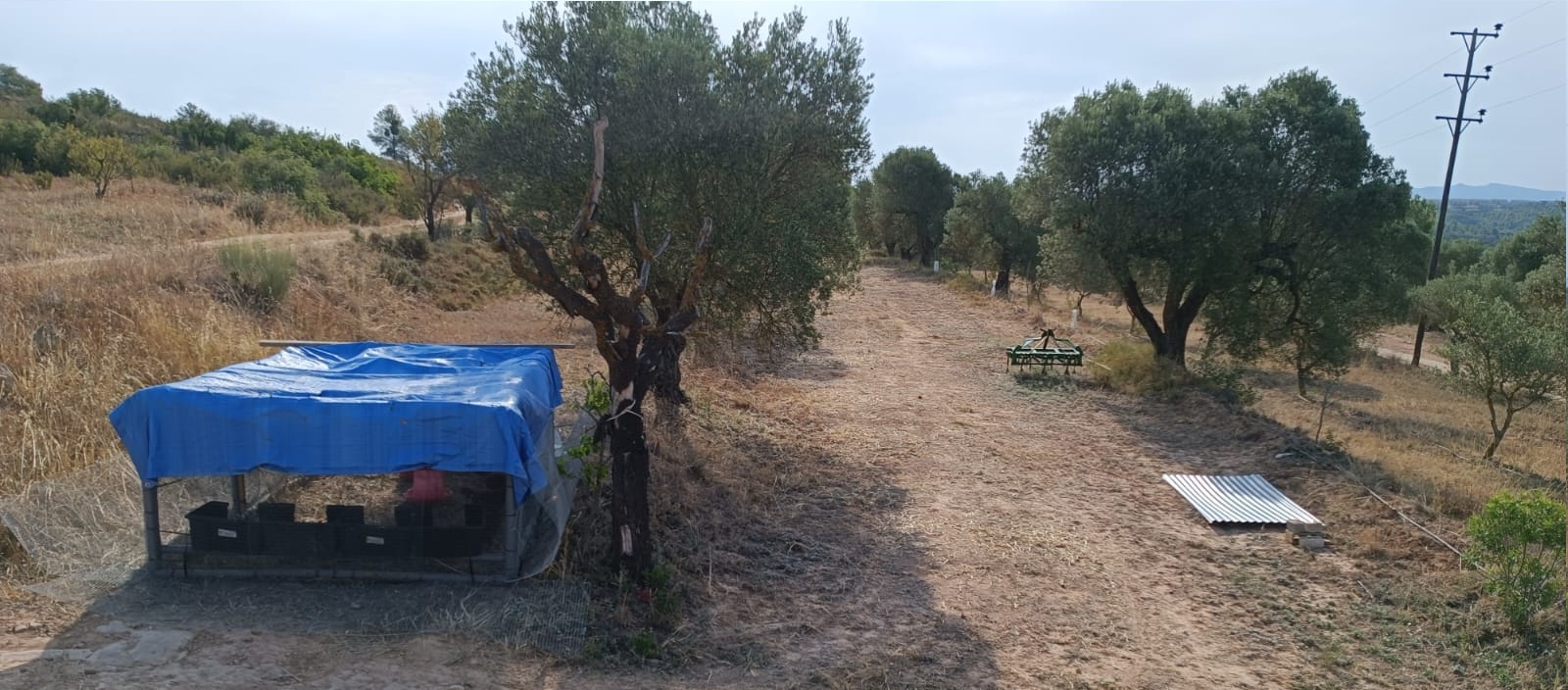We are more knowledgeable of how our soils should function, and are striving towards restoring soils which have been degraded. It would be very easy to take the traditional route of applying chemical fertilisers, pesticides and insecticides. However, because we are no-till and organic, it is more complex to establish the ideal seed bed to support plant life and maximise the use of photosynthesis to feed the soil. We are relying on the plant and not chemicals and machinery to restore correct soil function. Our greatest challenge is to establish a perennial ground cover to create a favourable soil condition to capture maximum solar energy.
We are aware that our SFW (soil food web) is damaged and not effective in feeding plant growth, therefore we are looking at plants to rebuild our soils. Over 95% of of the earth’s soil has a damaged SFW. The SFW is created by the plants and plant roots; essentially it is the release of plant sugars from roots so that they become available to the microorganisms. If this SFW is damaged then there is no connection to photosynthesis and the symbiotic relationship between plants and microorganisms is severed.
We must look at how to combine cool season grasses, cool season broadleaf, warm season grasses and warm season broadleaf ground cover in the correct combination. The specific ratio of each seed is highly important and percentages included in the mix must be calculated precisely. This is closely linked to carbon (C) and nitrogen (N) ratios which will influence the mix you use. The ideal situation would be to have a compact no-till seed planter. This would ensure you get the correct opening, depth and cover of the soil. However, because this equipement is very expensive and we already have a traditional drill seed planter we will use what we have at this stage.

On the right hand side of the photo is a terrace where the chicken tractor has been used. As you can see, they have removed the existing growth, fertilised the soil by spreading their manure, and now the land is ready for the next step in the process of rehabilitating the dysfunctional soil. The plan is that once the seed mix has been sourced (proving to be quite a challenge!) is to no-till broadcast the seed and cover it with a mature alfalfa hay. Alfalfa hay has the advantage of having a 25:1 C/N ratio (Ideally it should be 24:1). Aside from this it adds further cover to the soil to protect the seed in its early stages, reduces moisture loss through evaporation and will eventually decompose into soil organic matter to feed the microorganisms without depleting the nitrogen content. This would then be watered to provide moisture for the seed retained in the soil.
There is no doubt that this is the correct step towards repairing dysfunctional soils and the soil food web. If there is anyone who is out there that has walked the same path and has been successful we would love to hear from you!

